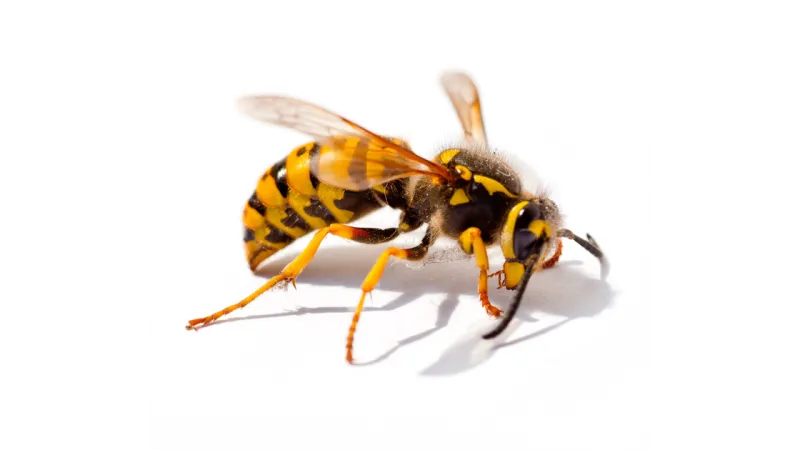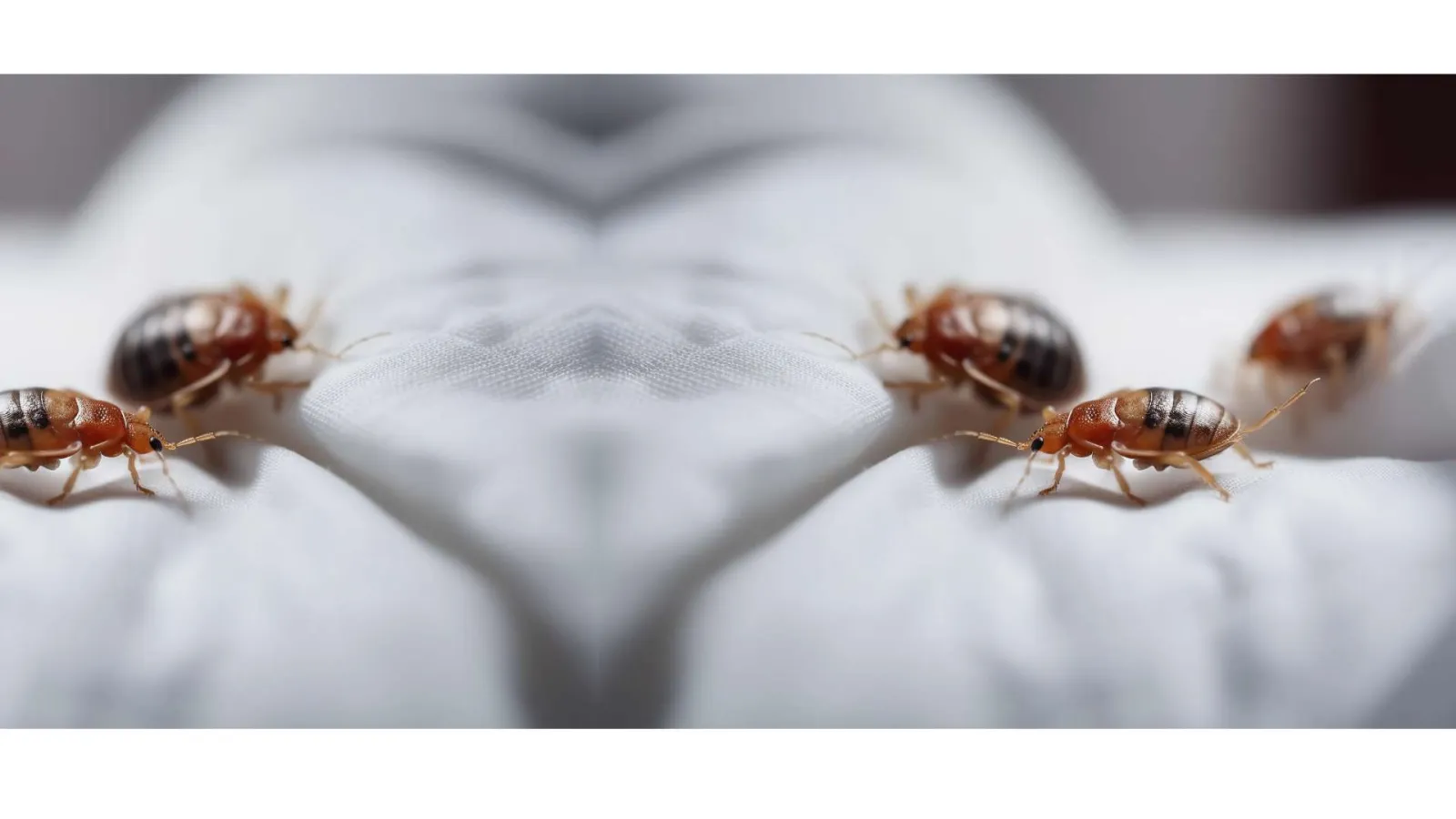
Control For Biting, Destrcutive, & Stinging Pests
Specialized pest services for DMV residents
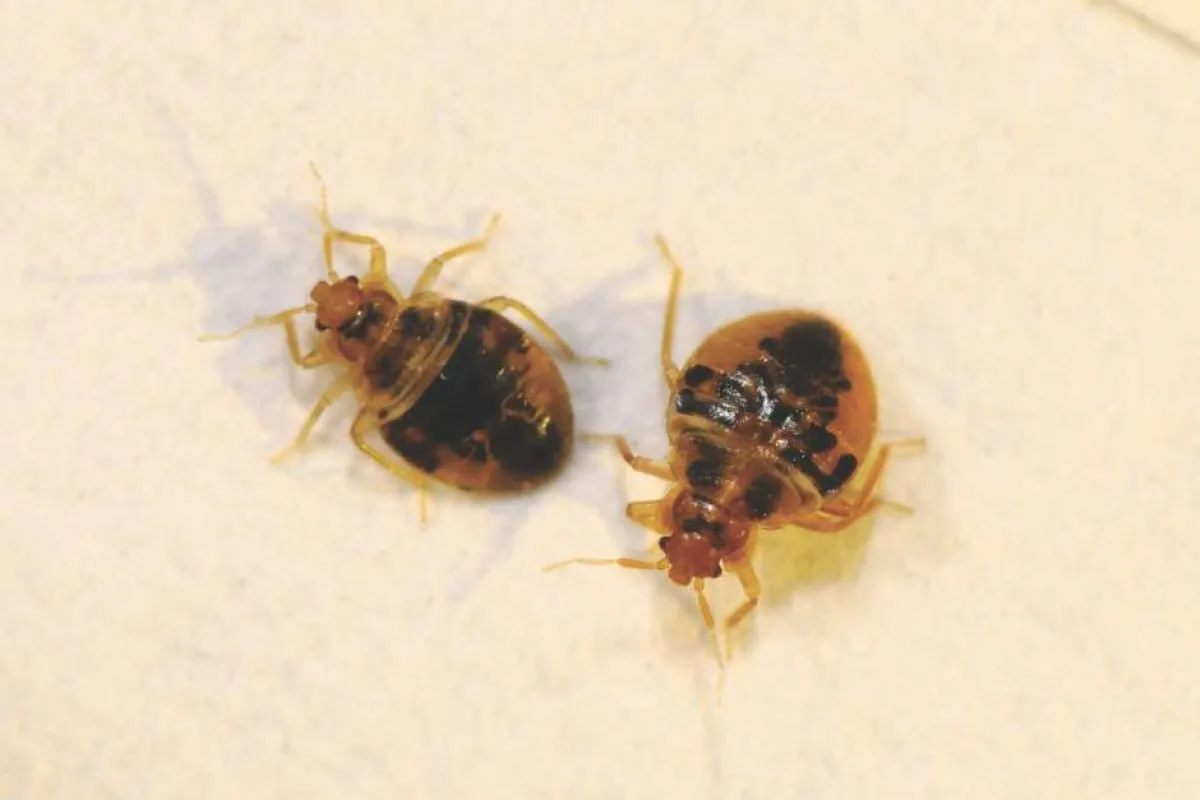
Bed Bugs
Sleep Tight. Don't Let The Bed Bugs Bite.
Bed bugs are invasive pests that feed on human blood while you sleep. Their bites can cause itchy welts, allergic reactions, and secondary skin infections; however, the real problem is how easily they spread and how difficult they are to eliminate in the DMV area. Bed bugs hide in mattresses, furniture, wall cracks, and baseboards and can live for months without feeding. In fact, adult bed bugs can survive up to 4-6 months without a blood meal. A small, unnoticed infestation can quickly multiply and overtake your home, leading to sleepless nights, emotional stress, and costly repairs.
Our trained bed bug professionals will begin by thoroughly inspecting your home or business to confirm the presence of bed bugs and determine the extent of the infestation. Once identified, we implement a targeted treatment plan using EPA-approved products designed to eliminate bed bugs at all life stages, including eggs and those hidden in hard-to-reach areas. In cases of more severe infestations, we may recommend follow-up treatments to ensure full eradication.
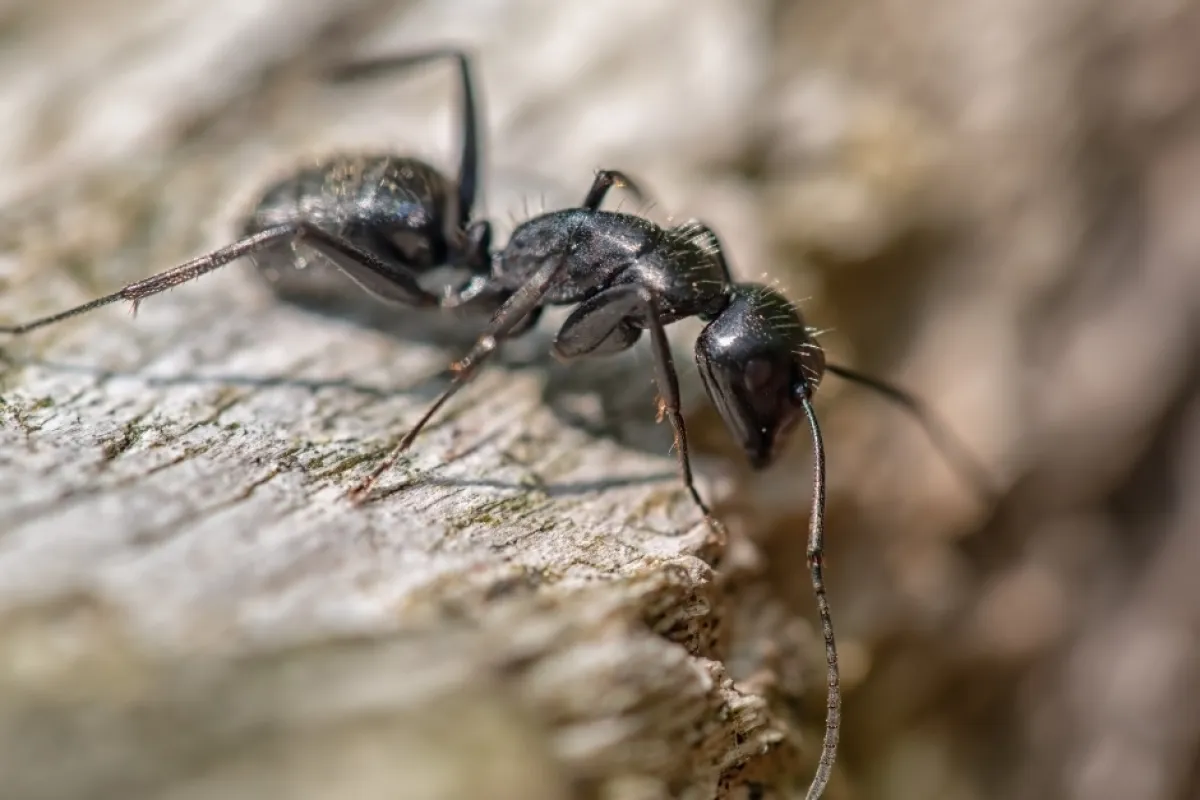
Carpenter Ants
The Longer a Colony is Present, the Greater the Damage
Carpenter ants are notorious for burrowing through wood, posing a severe threat to the structural integrity of your property. Their destructive behavior can lead to significant damage, making eradication a challenging task without the right expertise.
If you see sawdust-like shavings or insulation fragments around your DMV property, it could indicate a carpenter ant infestation.
Our comprehensive carpenter ant service encompasses a thorough inspection, targeted treatments, and customized prevention strategies tailored to your specific pest control needs. Rest assured, our team is equipped to address carpenter ant infestations effectively and protect your property from further damage.
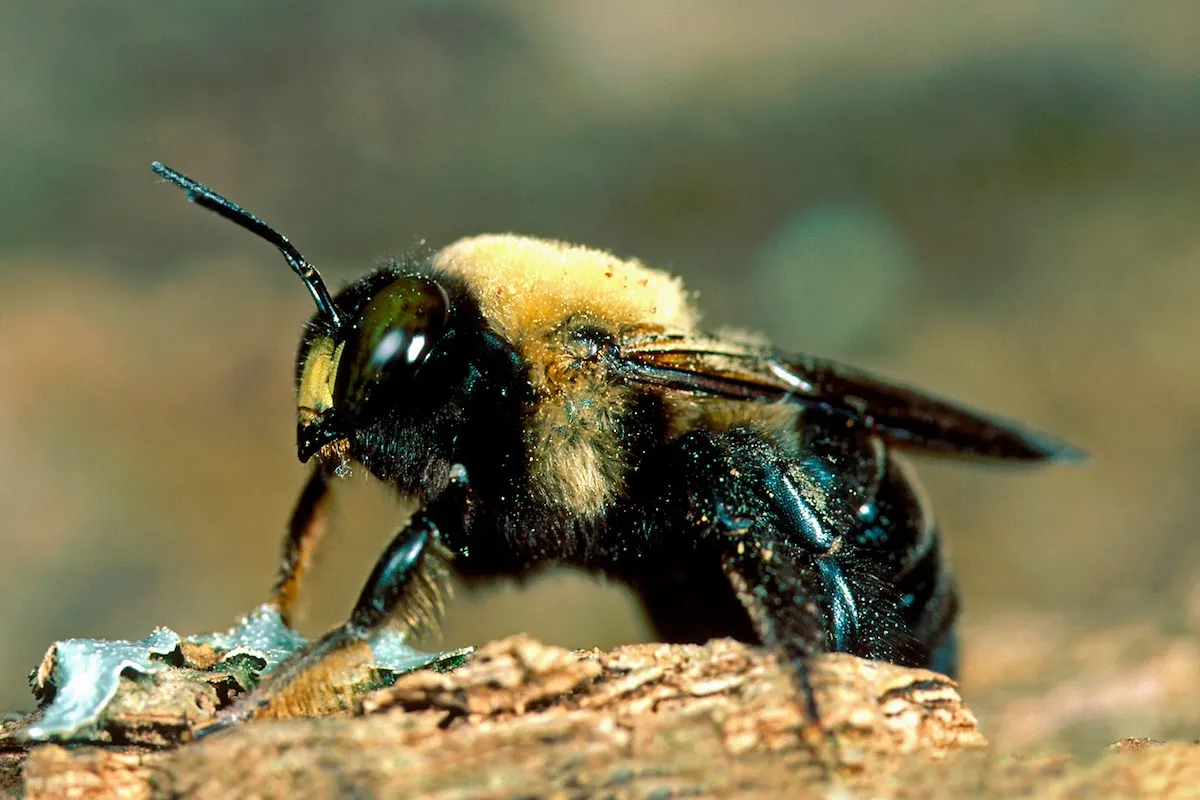
Carpenter Bees
Don't Let Bees Wreak Havoc On Your Home
Carpenter bees, seemingly harmless, can actually cause significant and long-lasting damage to your wooden structures. Their burrowing habits weaken the integrity of decks, eaves, fences, and other wooden features, posing a serious threat to your property. While DIY methods might offer temporary relief, the long-term solution to effectively deal with carpenter bee infestations and prevent future damage lies in the hands of a professional pest control service.
When it comes to carpenter bee issues, you can trust the expertise of PestNow, a reliable pest control provider with a proven track record in dealing with these infestations.
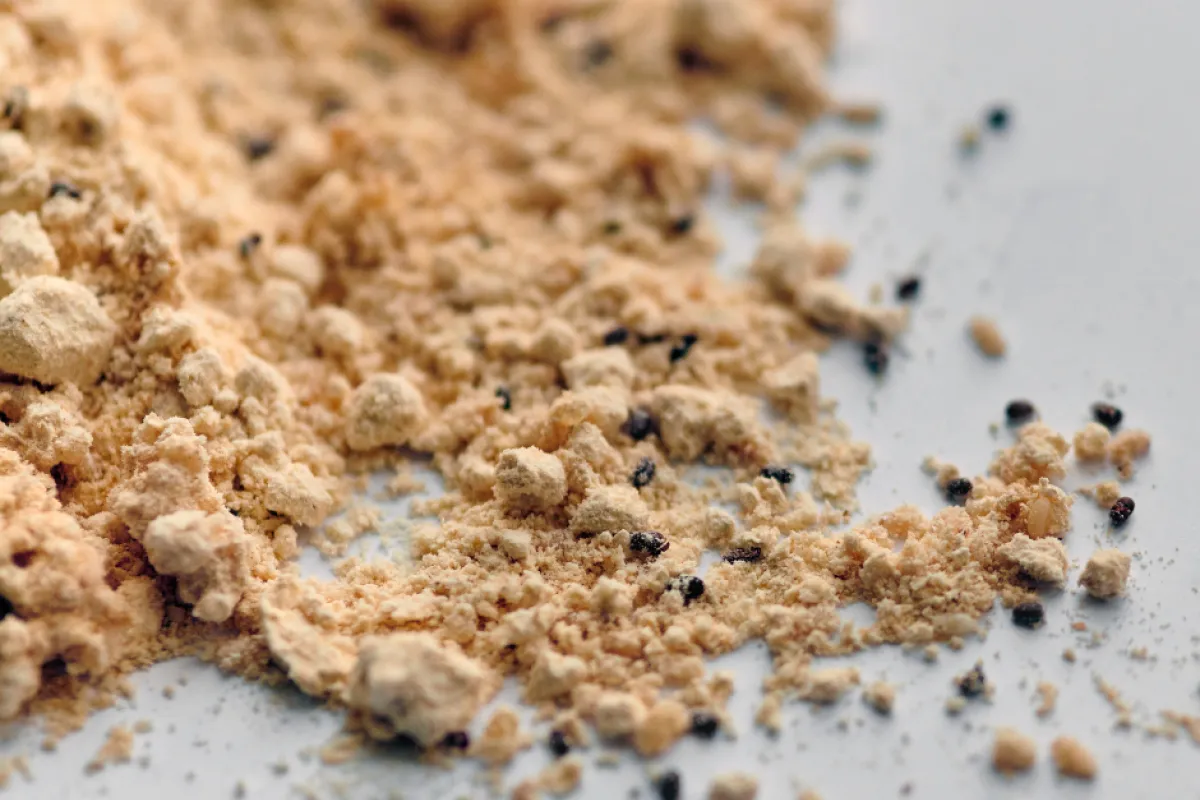
Pantry Pests
Snacks are for People...Not Pests
Pantry pests, or stored product pests, are insects that invade and taint stored food items in households and commercial settings. These pests, ranging from beetles and moths to weevils and ants, are drawn to various foods like grain, cereals, flour, dried fruits, and nuts. While pantry pests may not directly endanger your health, their presence can contaminate food, leading to spoilage and financial loss.
Moreover, these pests reproduce rapidly and can quickly spread throughout a space, challenging eradication efforts. It's vital to proactively prevent and address pantry pest issues to keep your food safe and maintain peace of mind for residences and businesses. PestNow is here to help safeguard your pantry and home.
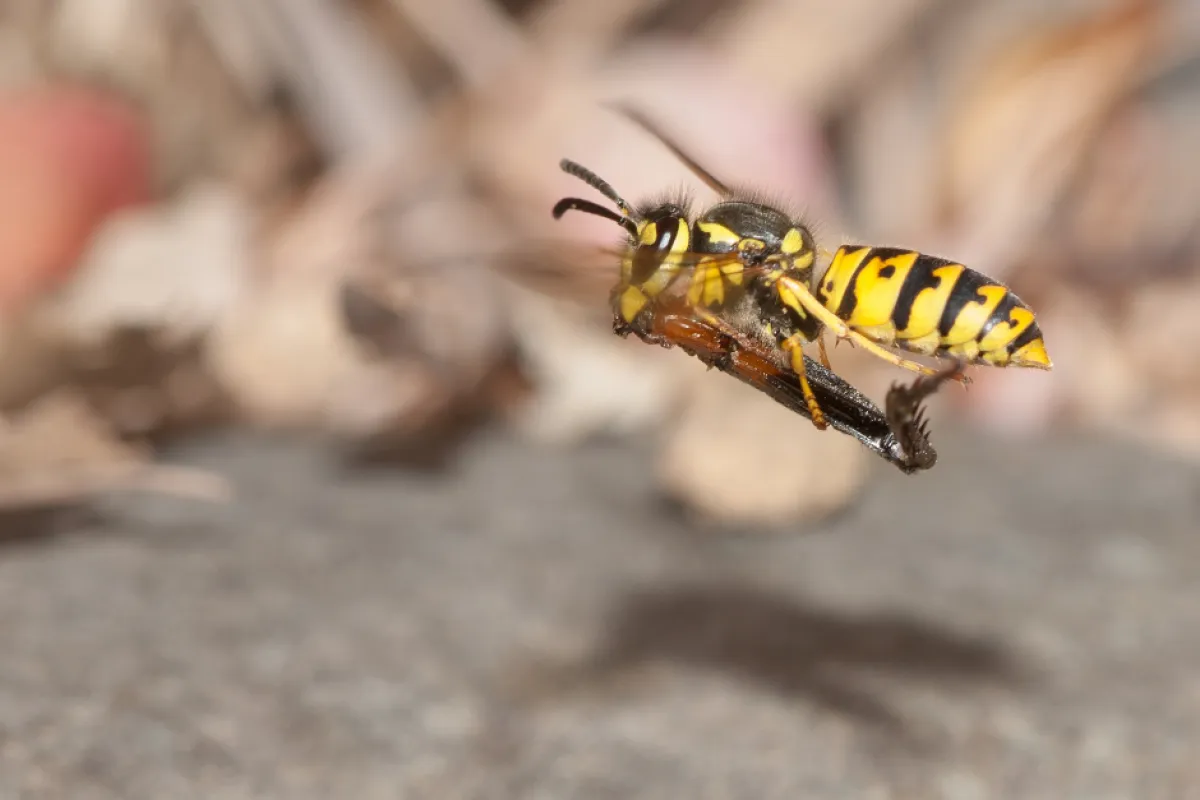
Yellow Jackets
Protecting Families From Yellow Jackets Since 1995
American and European yellow jackets pose significant dangers due to their aggressive nature and ability to sting repeatedly. These social wasps are known to defend their nests vigorously, especially when they feel threatened, making encounters with humans particularly hazardous. Their stings can cause intense pain, swelling, and itching, and, for some individuals, may trigger severe allergic reactions that require immediate medical attention.
Yellowjackets are often attracted to sugary foods and beverages, making outdoor gatherings particularly vulnerable to their presence. If you have yellowjackets around your DMV home or business, be cautious and contact PestNow for safe nest removal and preventative management.
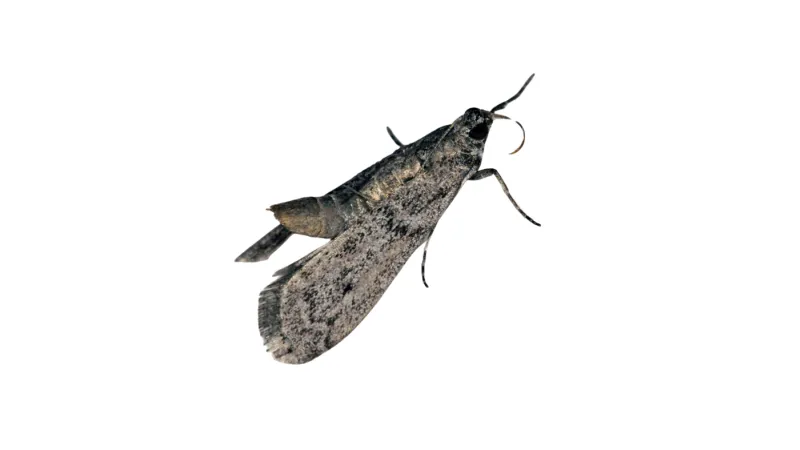
Special Pest FAQ's
Special answers for special pests
What are pantry pests?
Pantry pests are insects that infest stored food products commonly found in kitchen pantries and cabinets. They include insects such as beetles, weevils, moths, and ants.
What types of food do pantry pests infest?
Pantry pests can infest a wide range of food products including grains (such as rice, wheat, and oats), flour, cereals, nuts, dried fruits, spices, chocolate, and pet food.
How do pantry pests get into the pantry?
Pantry pests can enter the pantry through contaminated food products, packaging, or even through small cracks and openings in pantry doors or walls. They can also be brought into the home through infested items purchased from stores.
How do I know if I have bed bugs?
Signs of a bed bug infestation include red, itchy bites on the skin, small bloodstains on bedding or furniture, dark spots (fecal matter) on mattresses or walls, and a sweet, musty odor in the infested area.
Where do bed bugs come from?
Bed bugs can be introduced into a home or property through infested furniture, luggage, clothing, or used mattresses. They can also migrate from neighboring infested units in multi-unit dwellings such as apartments or hotels.
Are bed bugs only found in beds?
While bed bugs are commonly associated with beds and mattresses, they can also be found in other areas such as upholstered furniture, baseboards, electrical outlets, and even behind wallpaper.
How do pest control professionals treat bed bugs?
Treatment of bed bugs cannot be done with pesticides alone. Our treatment process requires the full cooperation of our customers. Treatment plans may vary depending on the severity of the infestation and the specific characteristics of the property.
How can I tell if I have carpenter ants in my home?
Signs of a carpenter ant infestation include the presence of large ants, particularly near moisture sources or areas with wood damage. You may also notice piles of sawdust-like material (frass) near nest sites.
Are carpenter ants dangerous to humans?
Carpenter ants do not pose a direct threat to humans like some other pests, but they can cause significant structural damage to buildings by tunneling through wood.
How can I prevent carpenter ants from infesting my home?
To prevent carpenter ants, eliminate sources of moisture around your home, repair any leaks or water damage, seal cracks and openings in the foundation, and keep trees and shrubs trimmed away from the house.
How do I get rid of carpenter ants once they've infested my home?
Effective carpenter ant control typically involves locating and treating the nest directly. This may require the assistance of a pest control professional who can identify nest sites and apply appropriate treatments. Contact PestNow for assistance.
Can I treat a carpenter ant infestation myself?
While DIY treatments may help temporarily reduce carpenter ant populations, professional pest control is often necessary for long-term eradication, especially if the infestation is extensive or difficult to locate.
Are carpenter bees harmful to humans?
Carpenter bees are not generally aggressive towards humans, but females may sting if they feel threatened or provoked. The sting can be painful but is not considered dangerous unless the person stung has an allergic reaction.
How can I tell if I have carpenter bees around my home?
Signs of carpenter bee activity include round holes in wooden structures, sawdust-like material (frass) beneath the holes, and the presence of buzzing bees around eaves, decks, or wooden siding.
What attracts carpenter bees to my property?
Carpenter bees are attracted to unpainted, untreated wood, particularly softwoods such as pine or cedar. They may also be drawn to areas with abundant sunlight and minimal disturbance.
Where do yellow jackets live?
Yellow jackets are aggressive, social wasps with yellow and black markings. They build nests underground, in trees, or in structures and can become a nuisance, especially in late summer and early fall.
What attracts yellow jackets?
Yellow jackets are attracted to sugary foods, meats, and other protein sources. They are also drawn to garbage, outdoor picnics, and sweet-smelling flowers.
What should I do if I encounter a yellow jacket nest?
If you find a yellow jacket nest on your property, it's best to avoid disturbing it and keep your distance. Contact PestNow for safe removal, as attempting to remove the nest yourself can provoke the wasps and lead to stings.
When are yellow jackets most active?
Yellow jackets are most active during the warmer months, typically from late spring through early fall. Their activity tends to peak in late summer when colony populations are at their highest.
